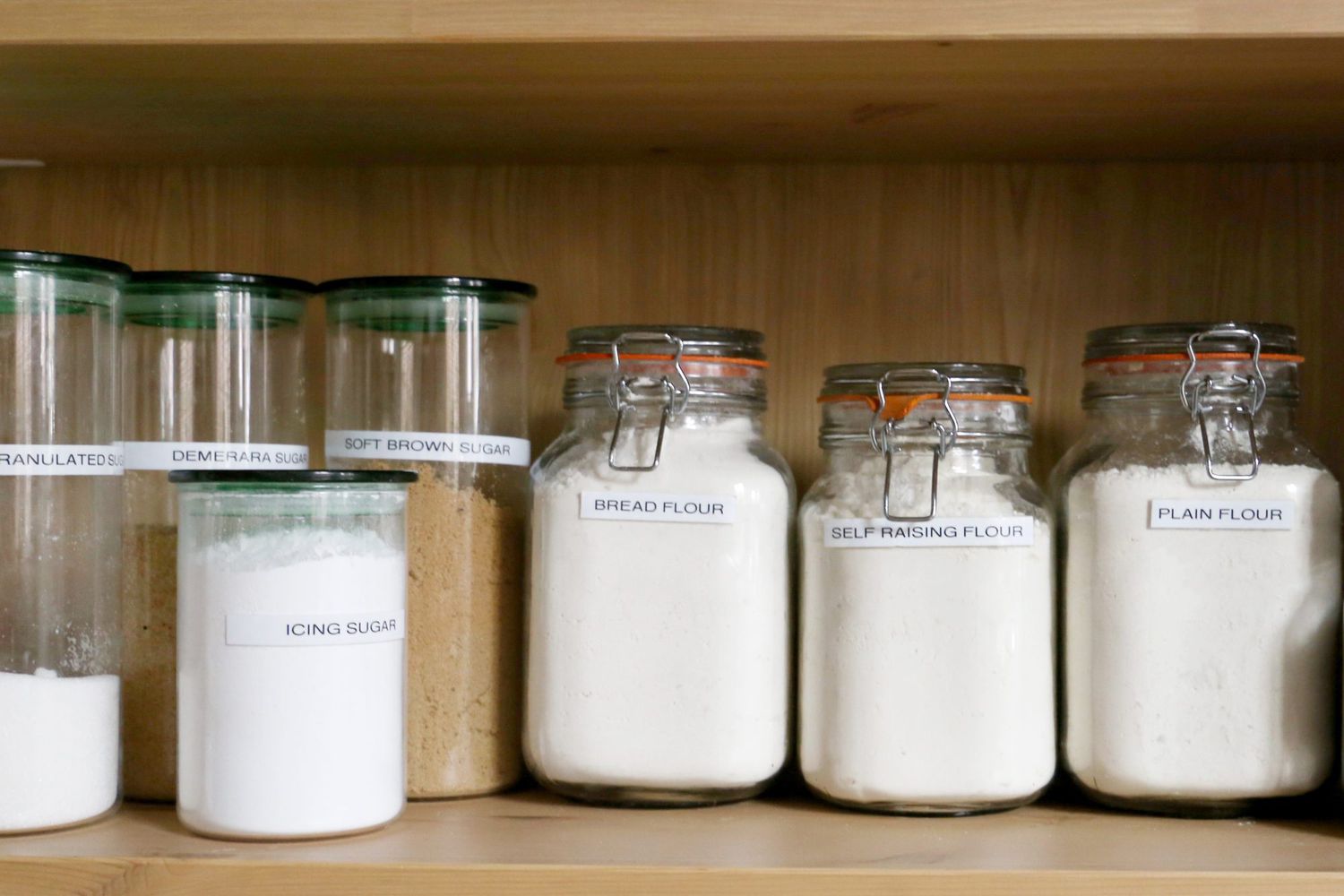

Articles
How To Store Flour And Sugar
Modified: December 7, 2023
Discover the best ways to store flour and sugar with these informative articles. Keep your baking essentials fresh and organized for longer.
(Many of the links in this article redirect to a specific reviewed product. Your purchase of these products through affiliate links helps to generate commission for Storables.com, at no extra cost. Learn more)
Introduction
When it comes to baking and cooking, two essential ingredients that are found in almost every pantry are flour and sugar. Whether you’re a seasoned chef or an occasional home cook, having a well-organized and properly stored supply of flour and sugar is paramount to ensure their freshness and quality.
Storing flour and sugar may seem like a simple task, but improper storage can lead to spoilage, clumping, pests, and loss of flavor. To keep your flour and sugar in optimal condition, it’s important to understand the best practices for storing them.
In this article, we will explore the proper storage methods for flour and sugar, provide useful tips to maintain their freshness, and help you avoid common pitfalls when it comes to storing these essential ingredients.
Key Takeaways:
- Proper storage of flour and sugar is essential to maintain their freshness and quality. Use airtight containers, keep them away from heat and moisture, and monitor for pests to ensure optimal conditions.
- Different types of flour and sugar have specific storage requirements. Follow best practices, such as labeling containers and using smaller quantities, to maximize shelf life and maintain the best flavor for your culinary creations.
Read more: How To Store Flour And Sugar Long Term
Proper Storage for Flour
Flour is a versatile ingredient used in a wide range of recipes, including bread, cakes, cookies, and more. To maintain its freshness and prevent it from spoiling, it’s crucial to store flour properly. Here are some guidelines to follow:
- Choose the right container: When it comes to storing flour, it’s best to opt for airtight containers made of glass or food-grade plastic. These containers help to keep out moisture, insects, and other contaminants.
- Avoid exposure to light: Light can degrade the quality of flour and cause it to spoil faster. Store your flour in a dark, cool place to preserve its freshness.
- Label your containers: To easily identify different types of flour, label your containers with the type of flour and the date of purchase. This will help you keep track of the freshness and usage.
- Store away from strong odors: Flour has a tendency to absorb odors, so it’s essential to keep it away from strong-smelling substances such as spices, cleaning products, and onions. This will prevent the flour from taking on unwanted flavors.
- Consider the quantity: It’s advisable to only buy the amount of flour you need for a certain period to minimize the chances of it going stale. If you buy in bulk, portion it out into smaller airtight containers to maintain freshness.
Additionally, it’s important to note that different types of flour have different storage requirements. Whole wheat flour, due to its higher oil content, has a shorter shelf life and should be stored in the refrigerator or freezer to extend its freshness. All-purpose flour and bread flour, on the other hand, can be stored in a cool pantry or cupboard.
By following these storage guidelines, you can ensure that your flour stays fresh and ready to use whenever you need it, eliminating the risk of spoilage and the need to throw away unused flour.
Proper Storage for Sugar
Sugar is a staple ingredient in baking and adds sweetness to various dishes and beverages. To maintain the quality of sugar and prevent it from hardening or clumping, proper storage is key. Here are some tips to ensure the best storage for sugar:
- Choose the right container: It’s recommended to store sugar in airtight containers made of glass or food-grade plastic. These containers will help keep moisture out and maintain the granular texture of the sugar.
- Keep away from moisture: Sugar has a tendency to absorb moisture from the air, which can cause it to clump. Store sugar in a cool, dry place to prevent it from hardening and becoming difficult to use.
- Avoid exposure to heat: High temperatures can cause sugar to melt and form lumps. Ensure that the storage location for sugar is away from direct sunlight or any sources of heat.
- Seal the bag: If you’re storing sugar in its original packaging, make sure to seal the bag tightly after each use. This will help prevent moisture from entering the bag and affecting the quality of the sugar.
- Consider different types of sugar: It’s important to note that certain types of sugar, such as brown sugar, have different storage requirements. Brown sugar tends to harden quickly and should be stored in an airtight container or wrapped tightly in plastic wrap to maintain its moisture content.
If your sugar does happen to clump or harden, fear not! There are simple solutions to restore its texture. For brown sugar, you can place a slice of bread or a fresh apple in the container to help soften it. For granulated sugar, you can use a food processor or place it in a resealable plastic bag and break it up with a rolling pin.
By following these storage recommendations, you can ensure that your sugar remains fresh, free from clumps, and ready to add the perfect touch of sweetness to your culinary creations.
Store flour and sugar in airtight containers to prevent moisture and pests from getting in. Keep them in a cool, dry place away from direct sunlight to maintain freshness.
Tips for Storing Flour and Sugar
Proper storage is essential to maintain the freshness and quality of flour and sugar. Here are some additional tips to help you keep these pantry staples in optimal condition:
- Store in a cool environment: Both flour and sugar should be stored in a cool location, away from direct sunlight and sources of heat. High temperatures can cause spoilage and adversely affect the texture and taste of these ingredients.
- Rotate your stock: To ensure you’re using the oldest flour and sugar first, practice the “first in, first out” principle. Whenever you purchase new supplies, place them at the back of the storage area and use the older ones in front.
- Check for pests: Regularly inspect your flour and sugar for any signs of pests, such as small bugs or larvae. If you notice any infestation, discard the affected product and thoroughly clean the storage containers to prevent further contamination.
- Avoid frequent temperature changes: Fluctuating temperatures can cause condensation to form inside the storage containers, leading to clumping or spoilage. Keep flour and sugar in a stable environment to maintain their quality.
- Consider using airtight bags: If you prefer using original packaging for flour and sugar, you can transfer them to resealable airtight bags for added protection. This will help prevent moisture and pests from entering the bags.
- Keep away from strong odors: Both flour and sugar are susceptible to absorbing odors, which can compromise their flavors. Store them away from strong-smelling items like spices, cleaning agents, or pungent foods.
- Monitor humidity levels: High humidity can cause sugar to clump and flour to spoil faster. If you live in a humid climate, consider using a dehumidifier or silica gel packets in the storage area to reduce moisture.
- Store in smaller quantities: If you don’t use large amounts of flour or sugar regularly, it’s best to store them in smaller quantities to maintain their freshness. This will minimize the exposure to air and moisture when opening the containers.
By following these tips, you can ensure that your flour and sugar remain fresh, free from clumps, and ready to enhance your culinary creations for longer periods.
Conclusion
Properly storing flour and sugar is crucial to maintain their freshness, quality, and taste. By following the guidelines outlined in this article, you can ensure that these pantry staples remain in optimal condition, ready to be used in your favorite recipes.
Remember to choose airtight containers, keep them in a cool and dry place, and label them for easy identification. Additionally, pay attention to the specific storage requirements for different types of flour and sugar to maximize their shelf life.
By storing flour and sugar properly, you can avoid issues such as spoilage, clumping, and loss of flavor. This not only saves you money by reducing waste but also ensures that your baked goods and dishes turn out delicious every time.
Take the time to regularly inspect your supplies for signs of pests and monitor the humidity levels in your storage area. Utilizing smaller containers and practicing the “first in, first out” principle will also help you maintain an organized and efficient pantry.
By implementing these simple storage practices, you can enjoy the convenience of having fresh, high-quality flour and sugar at your fingertips whenever you need them. So, take care of your pantry staples and elevate your culinary creations with the best ingredients possible.
Frequently Asked Questions about How To Store Flour And Sugar
Was this page helpful?
At Storables.com, we guarantee accurate and reliable information. Our content, validated by Expert Board Contributors, is crafted following stringent Editorial Policies. We're committed to providing you with well-researched, expert-backed insights for all your informational needs.
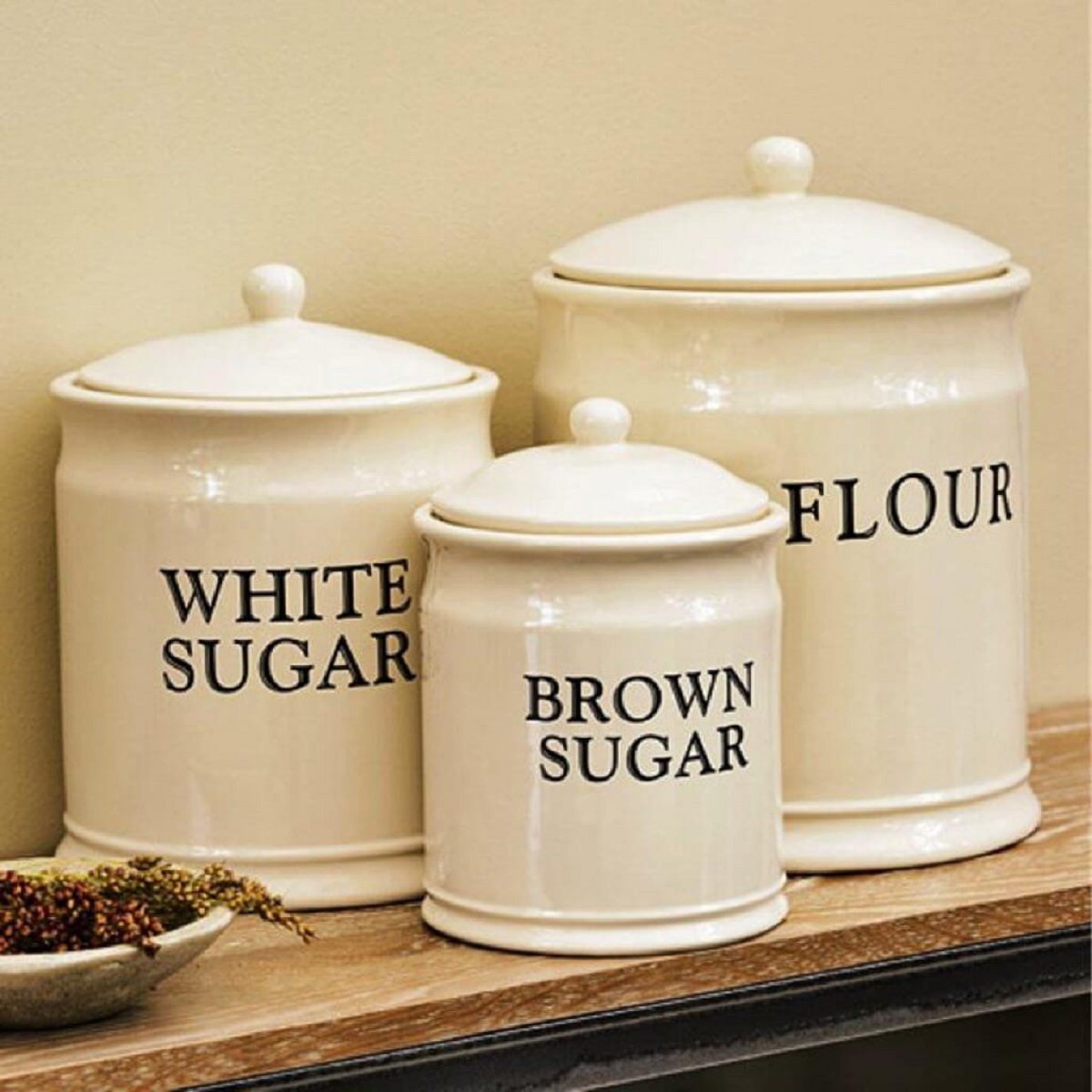
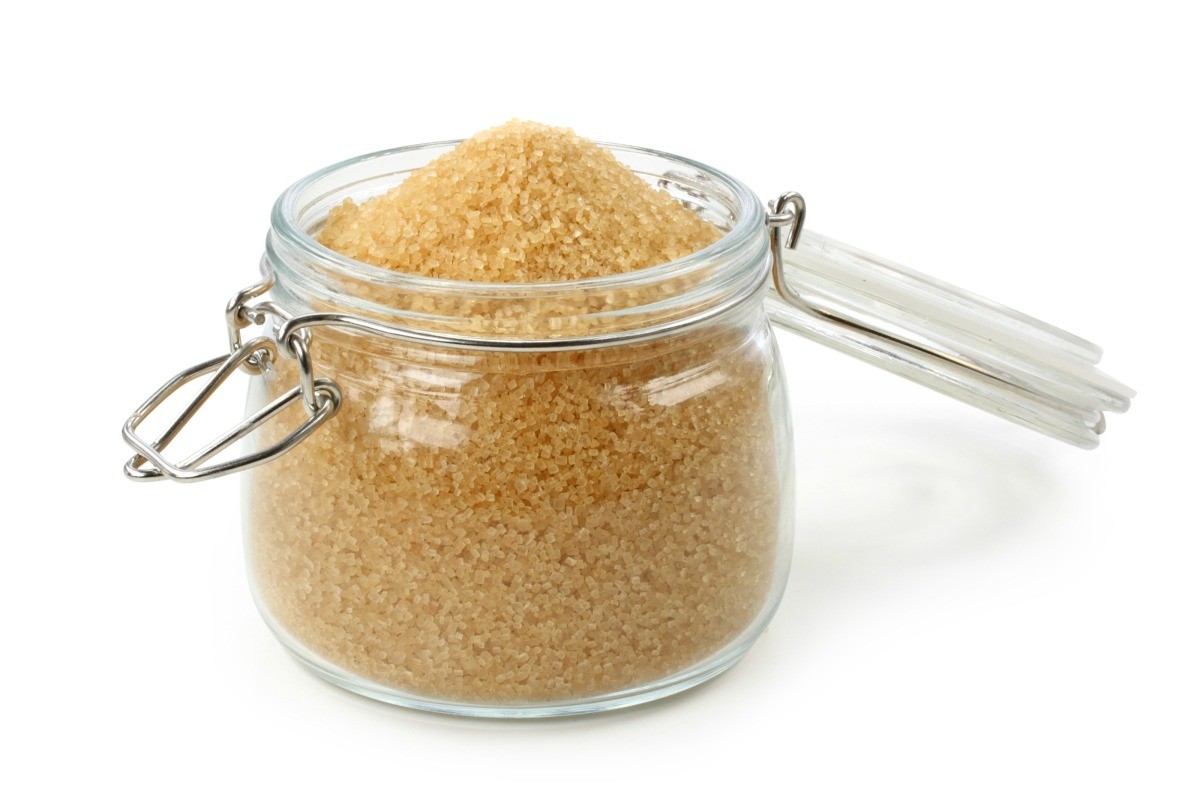
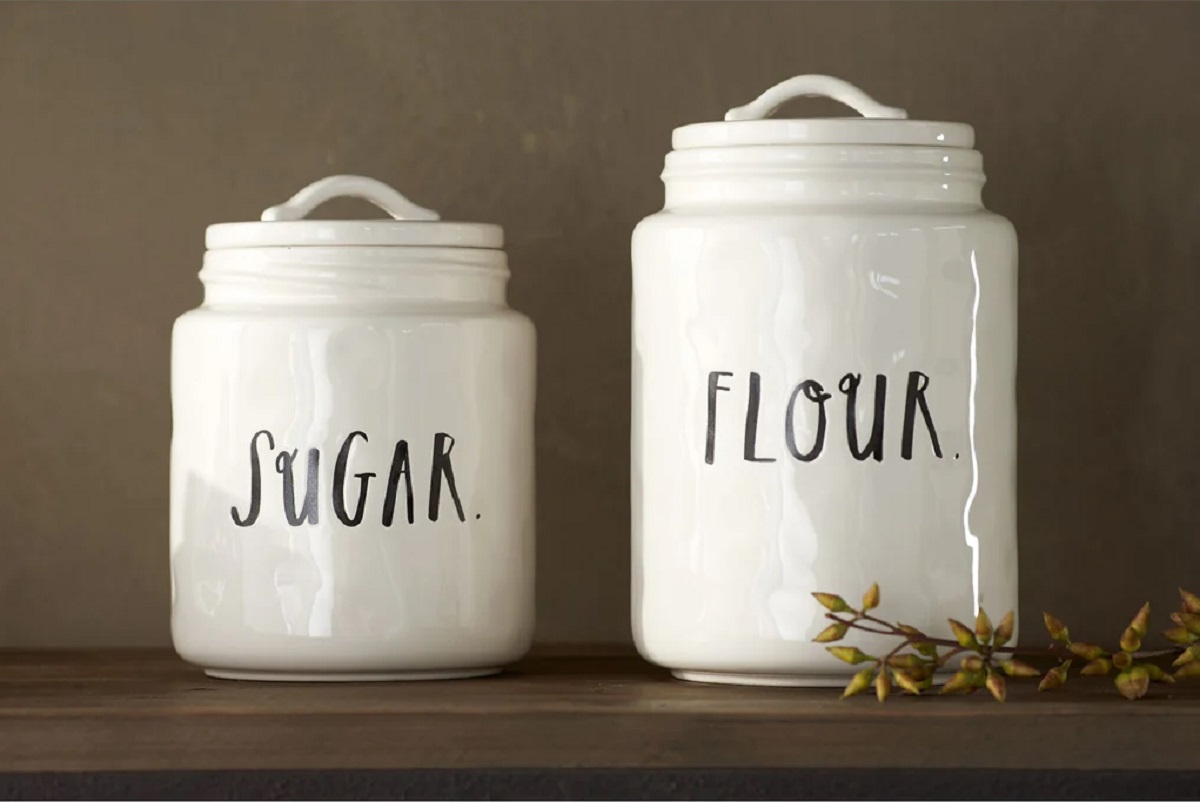
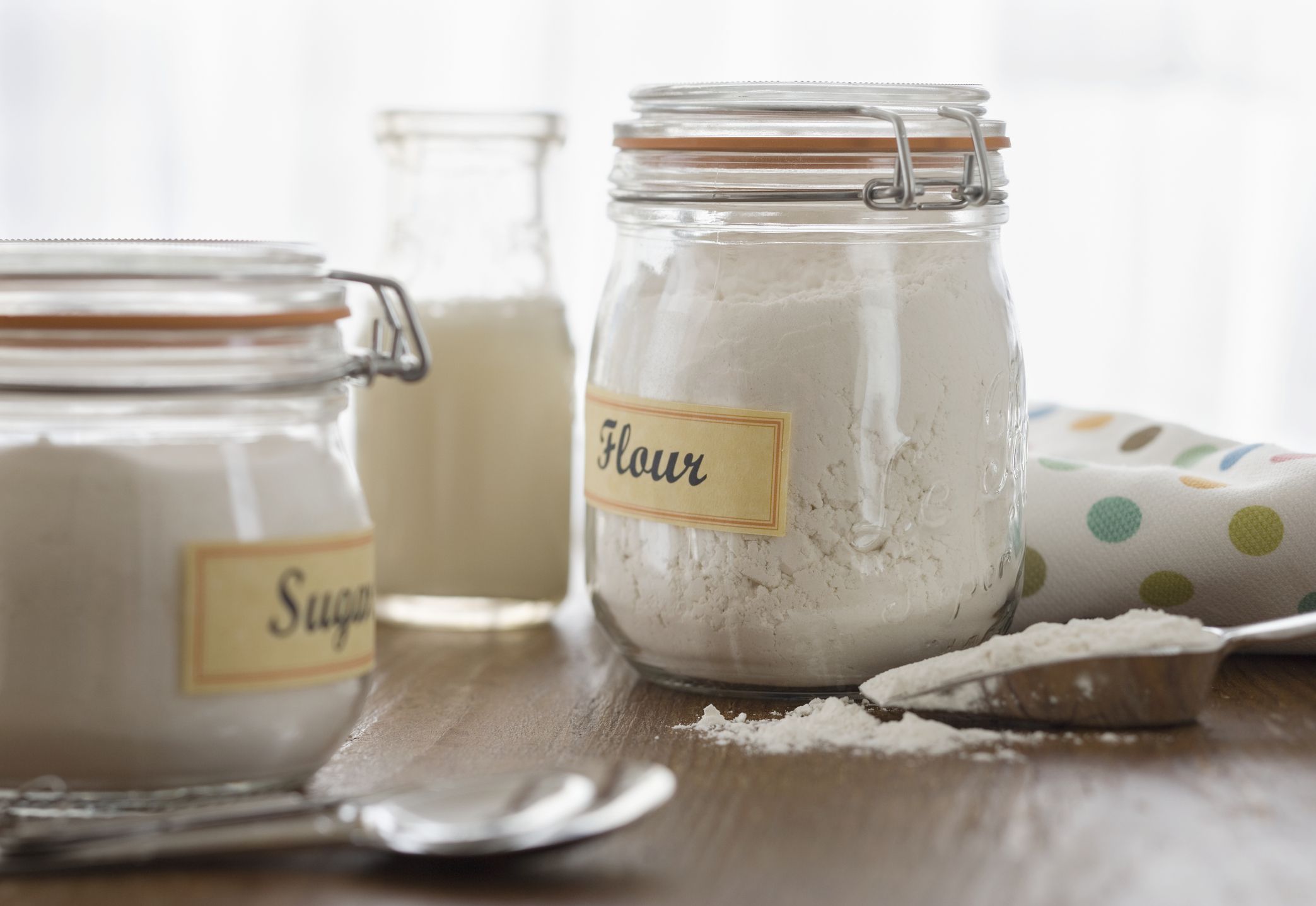
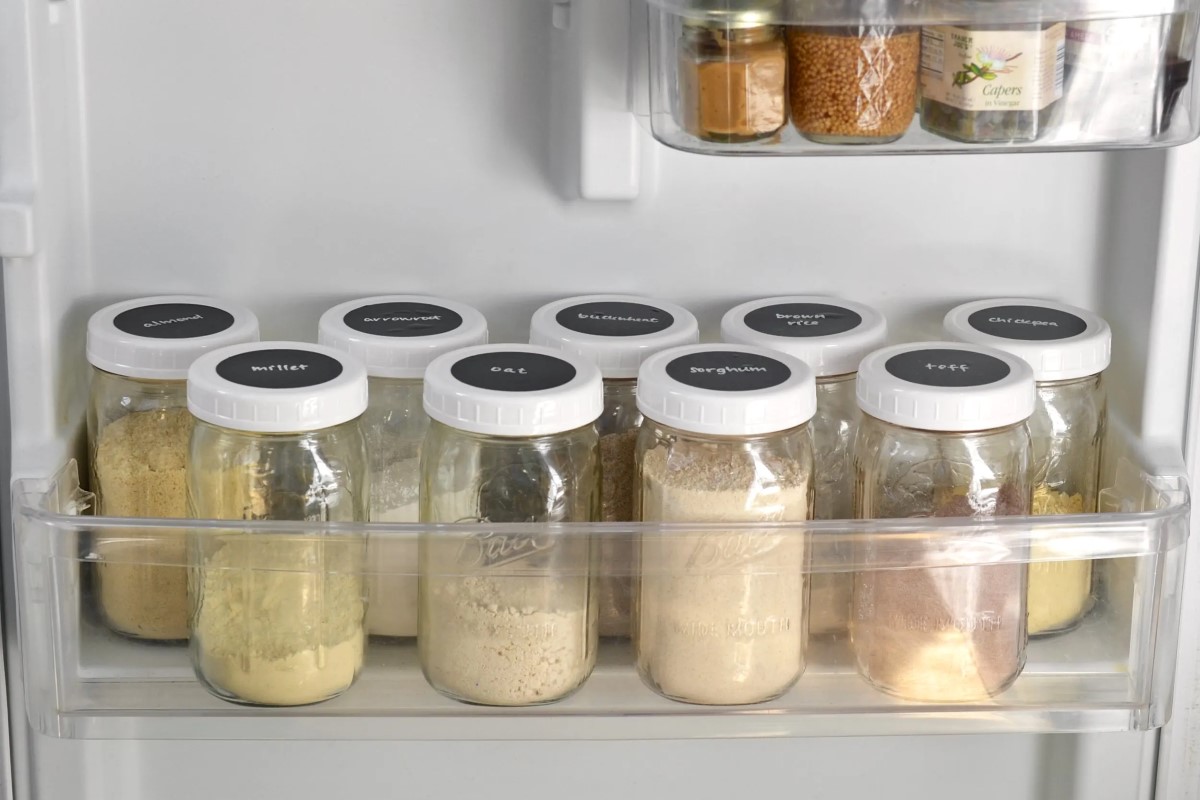
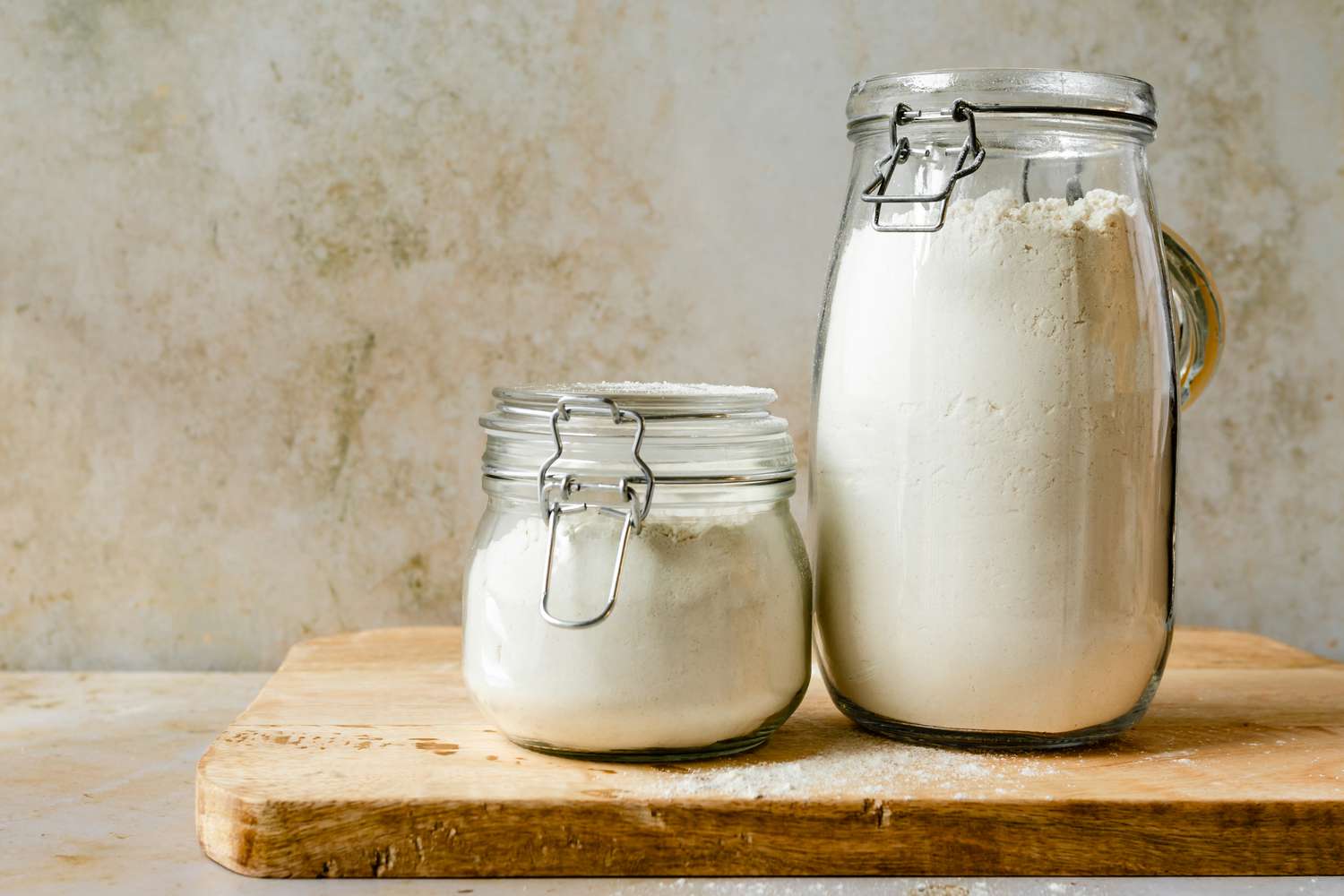
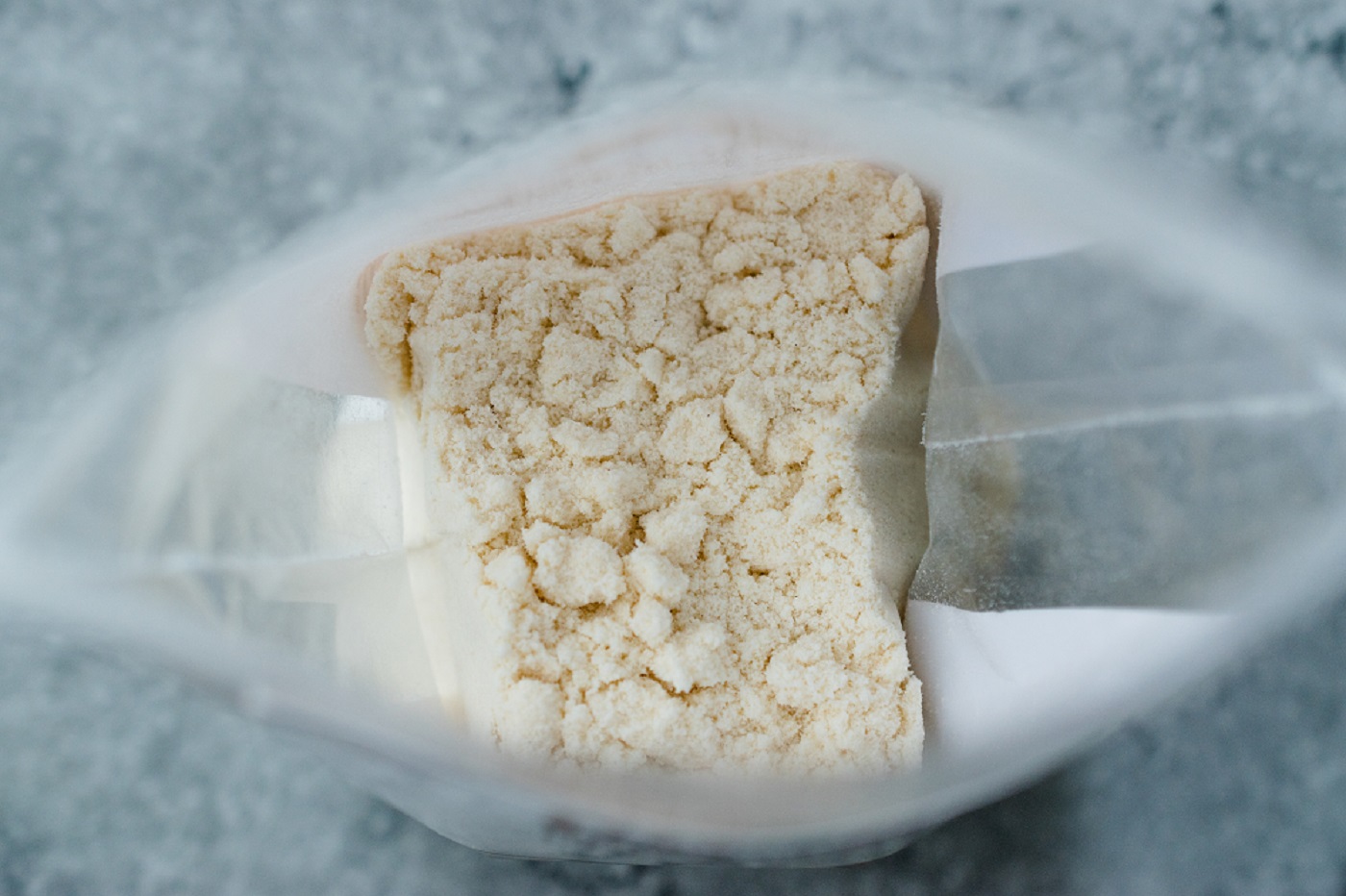
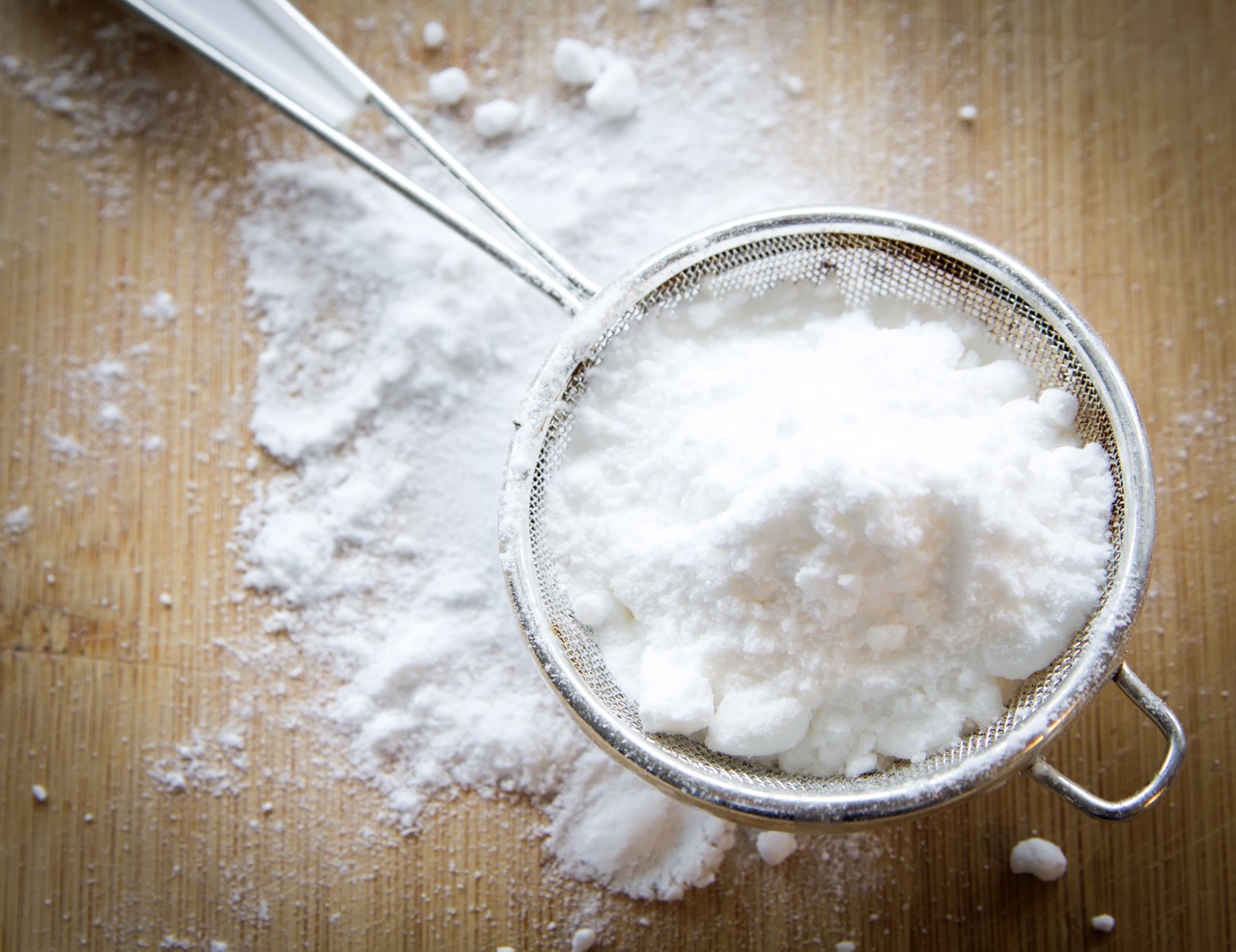

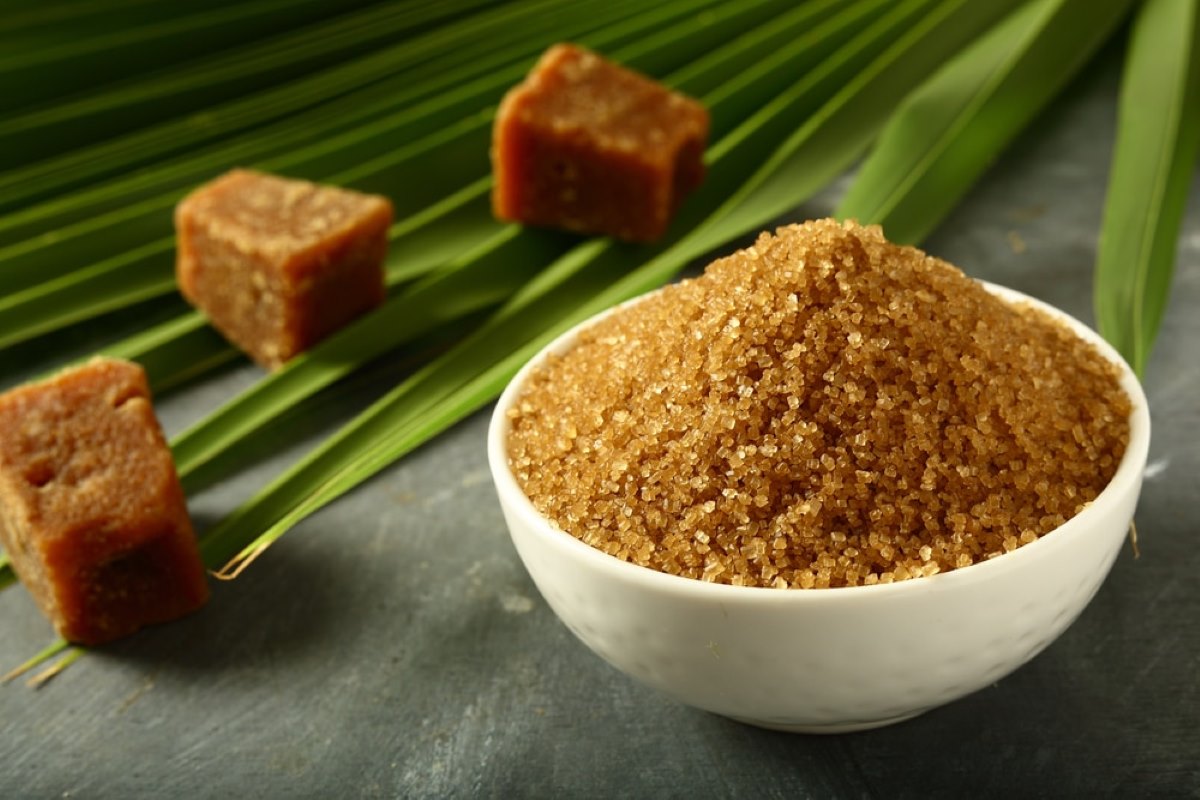
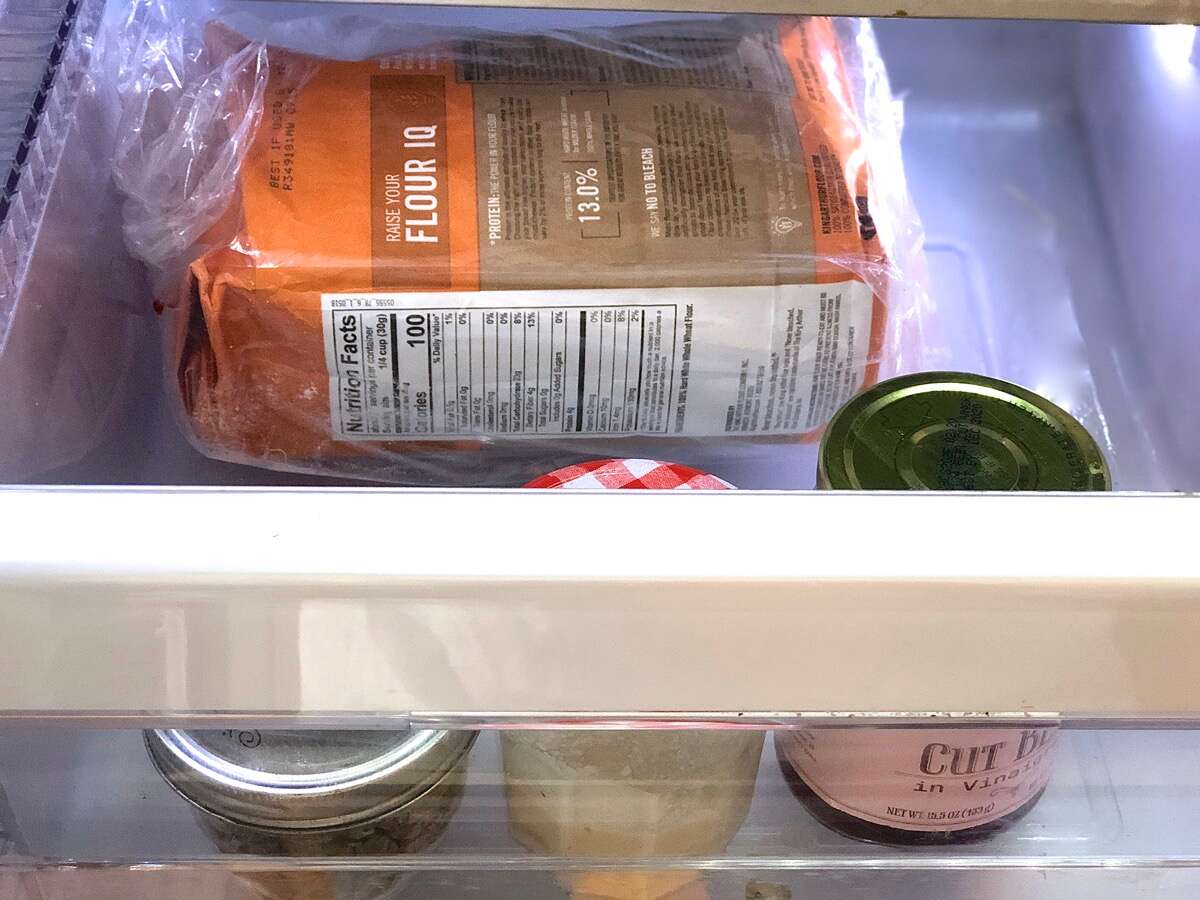
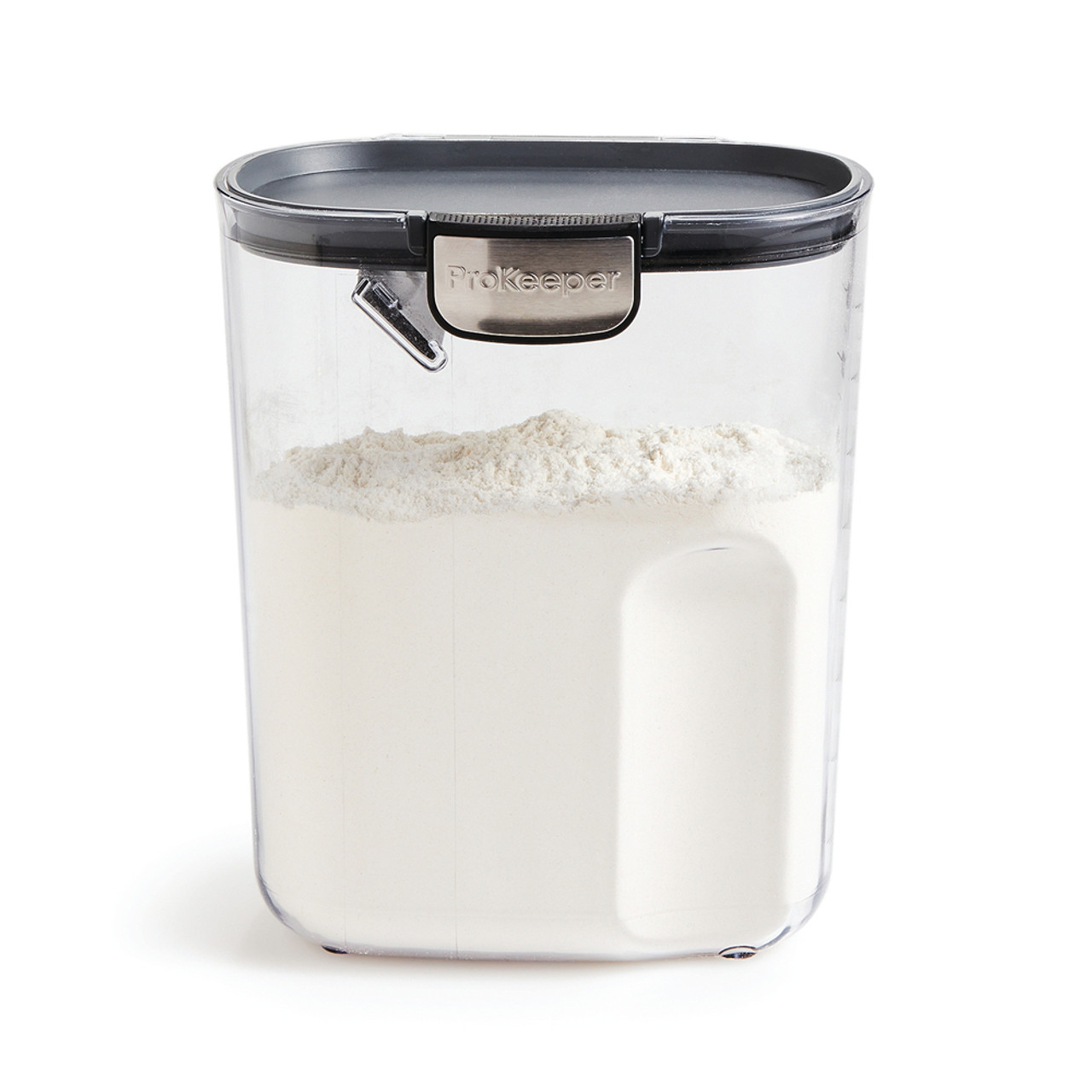
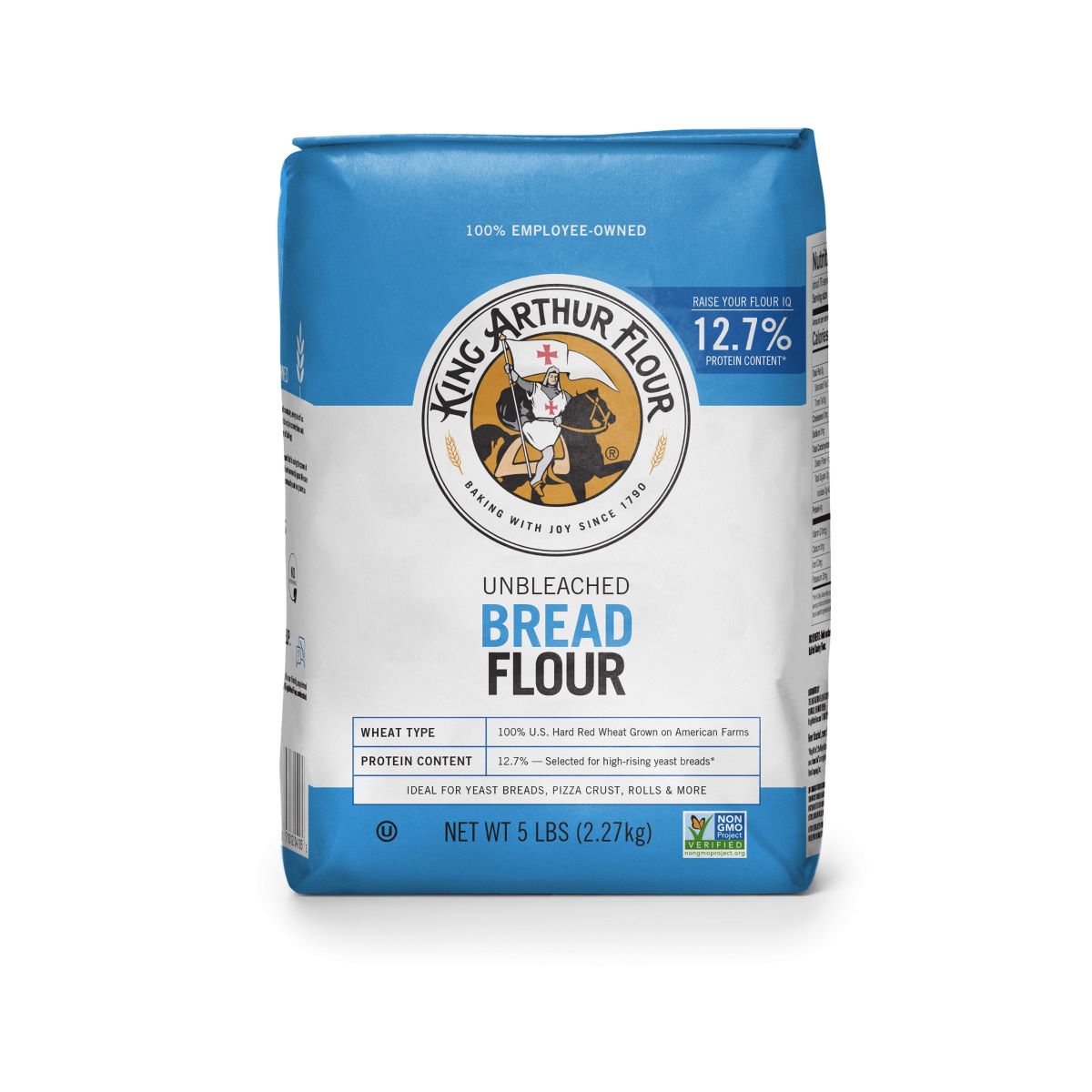
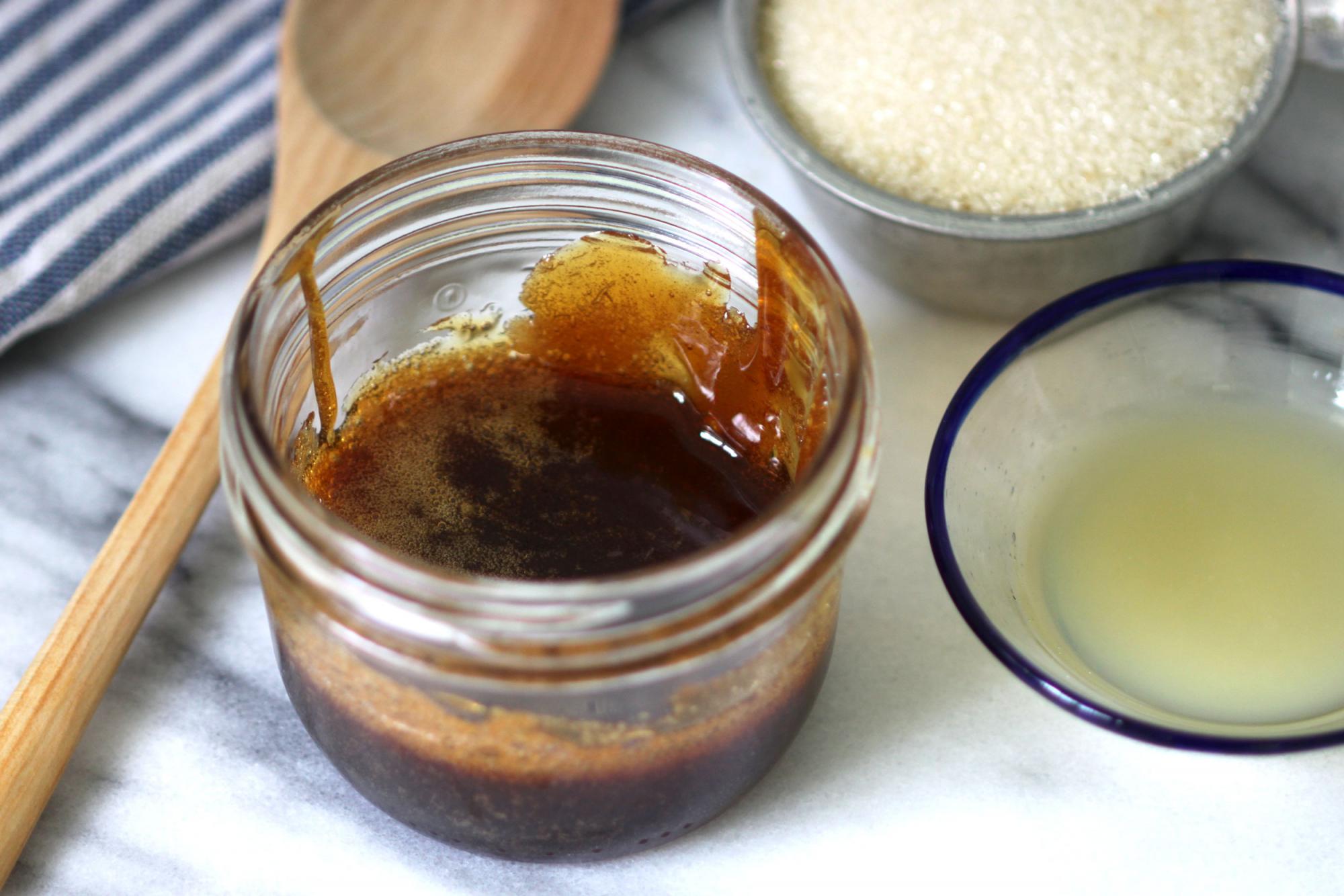
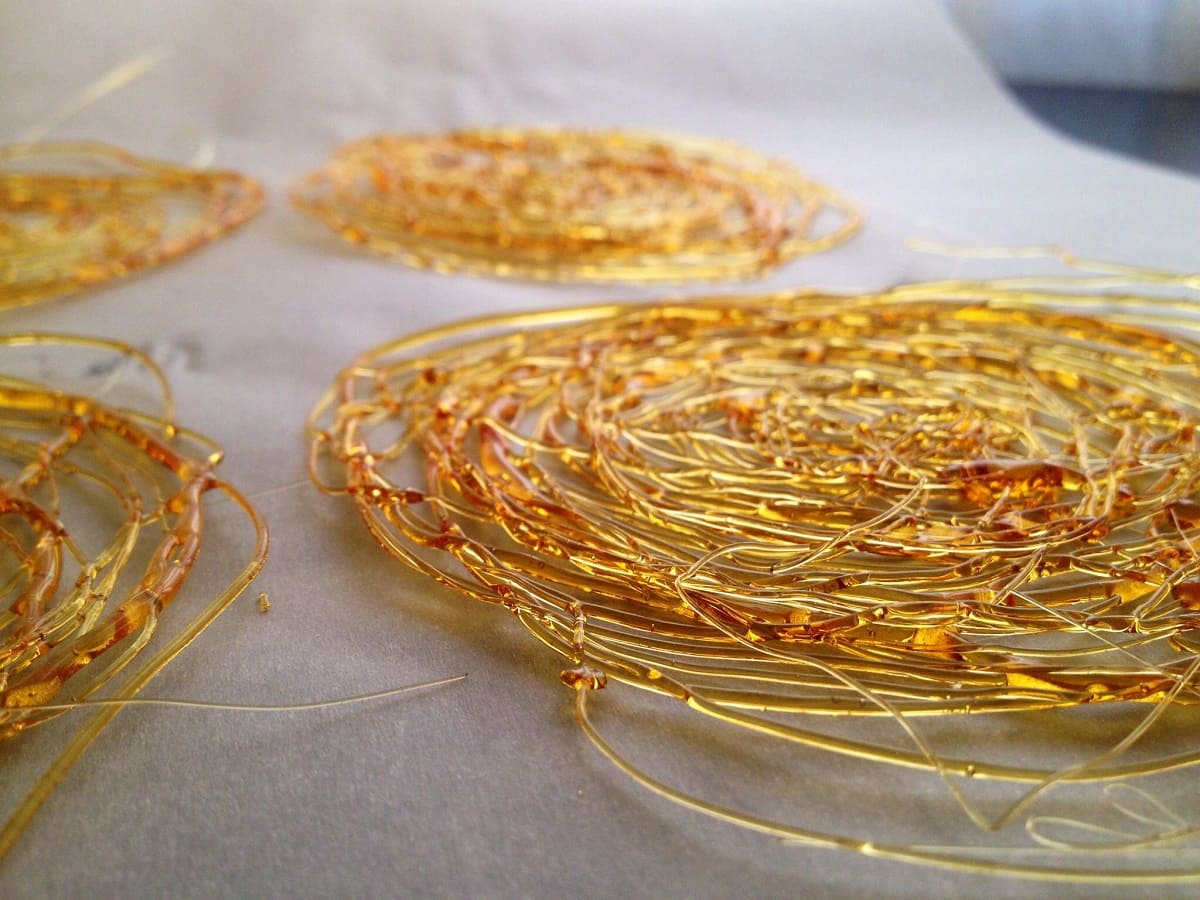

0 thoughts on “How To Store Flour And Sugar”